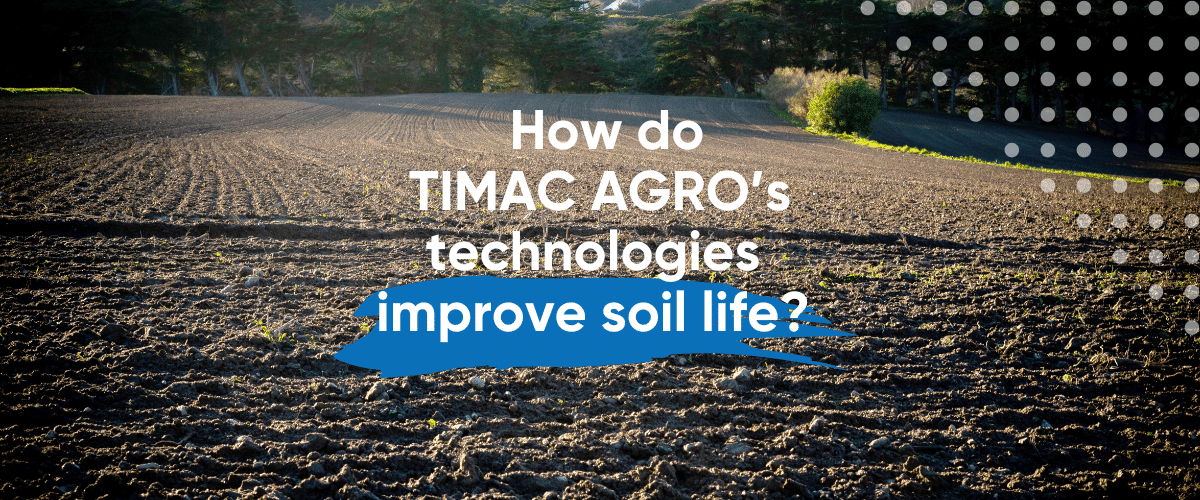
Positive Actions on Soil Life
The decrease in soil life leads to infertile, polluted, and unstable soils, which affects crop produ...
Read moreFind out more about our upcoming events, agricultural research, and products.

The decrease in soil life leads to infertile, polluted, and unstable soils, which affects crop produ...
Read more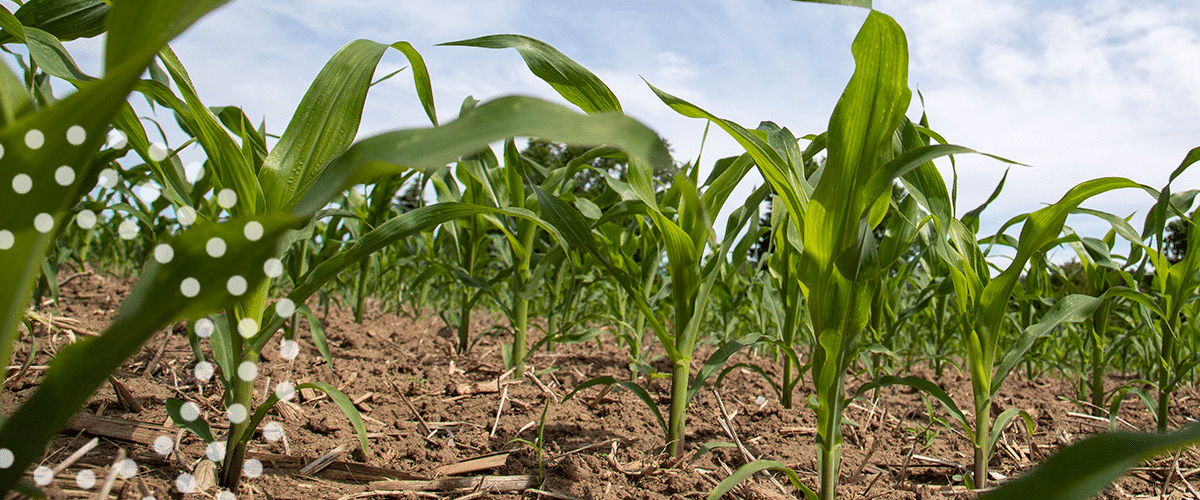
There are lots of different options when discussing starter fertilizers, from raw materials to place...
Read more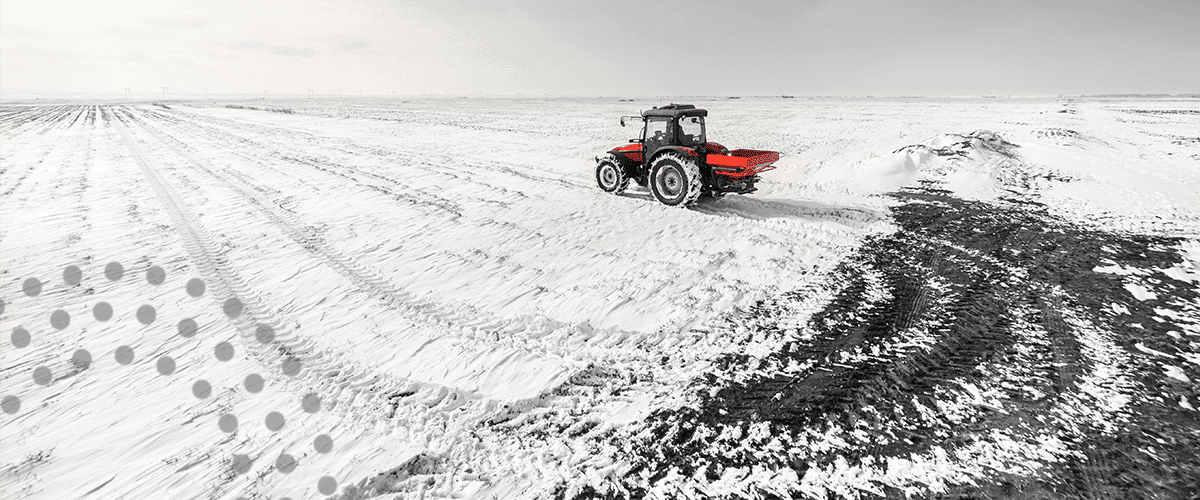
As soils face cold, wet conditions, now is the perfect time to cozy up to techniques that foster soi...
Read more
Litter hygiene is crucial for the well-being, health, and productivity of livestock. Clean, and well...
Read more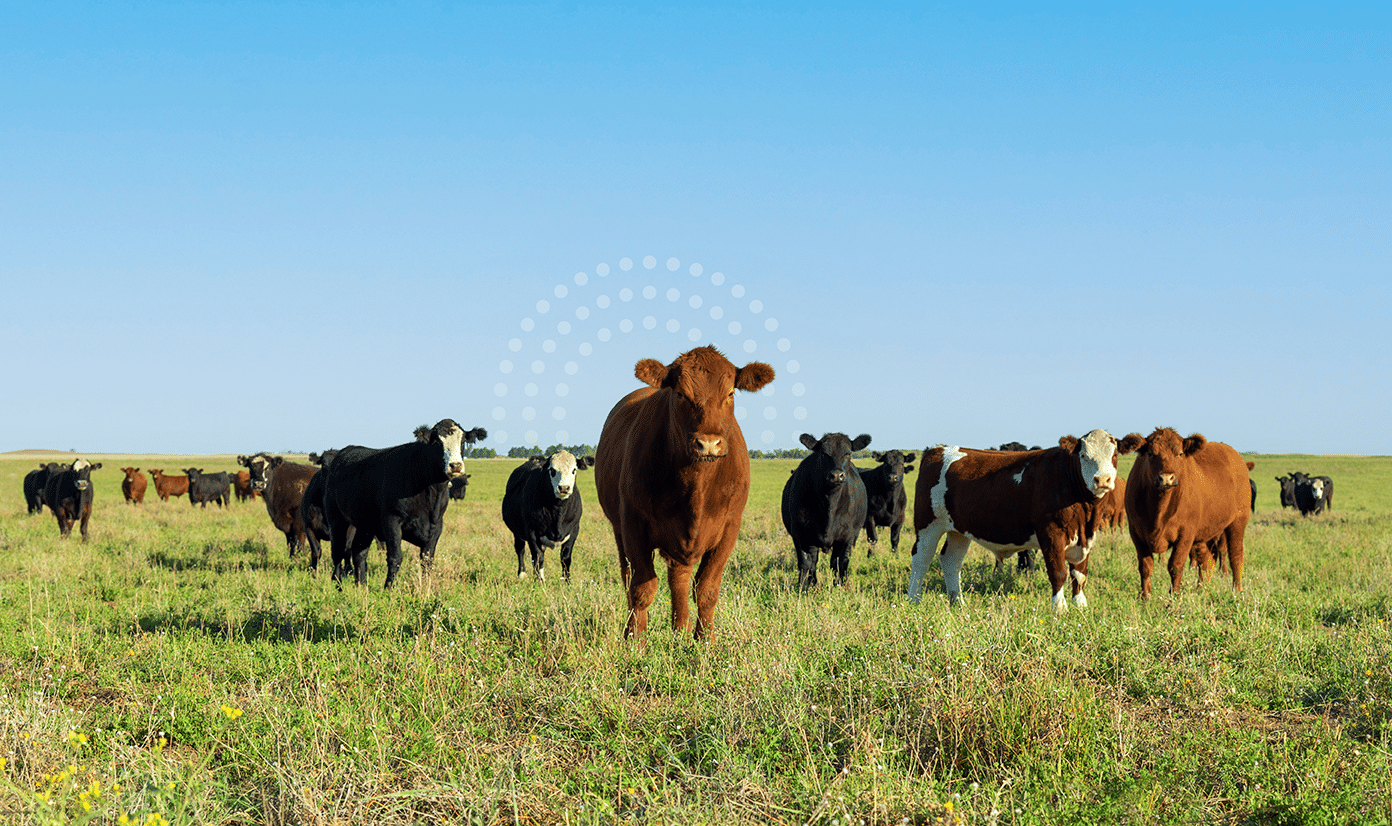
TIMAC AGRO offers a technical solution that meets the real mineral needs of each animal—improving pe...
Read more
Since 1985, TIMAC AGRO has worked with passion and expertise to help breeders meet the challenges of...
Read more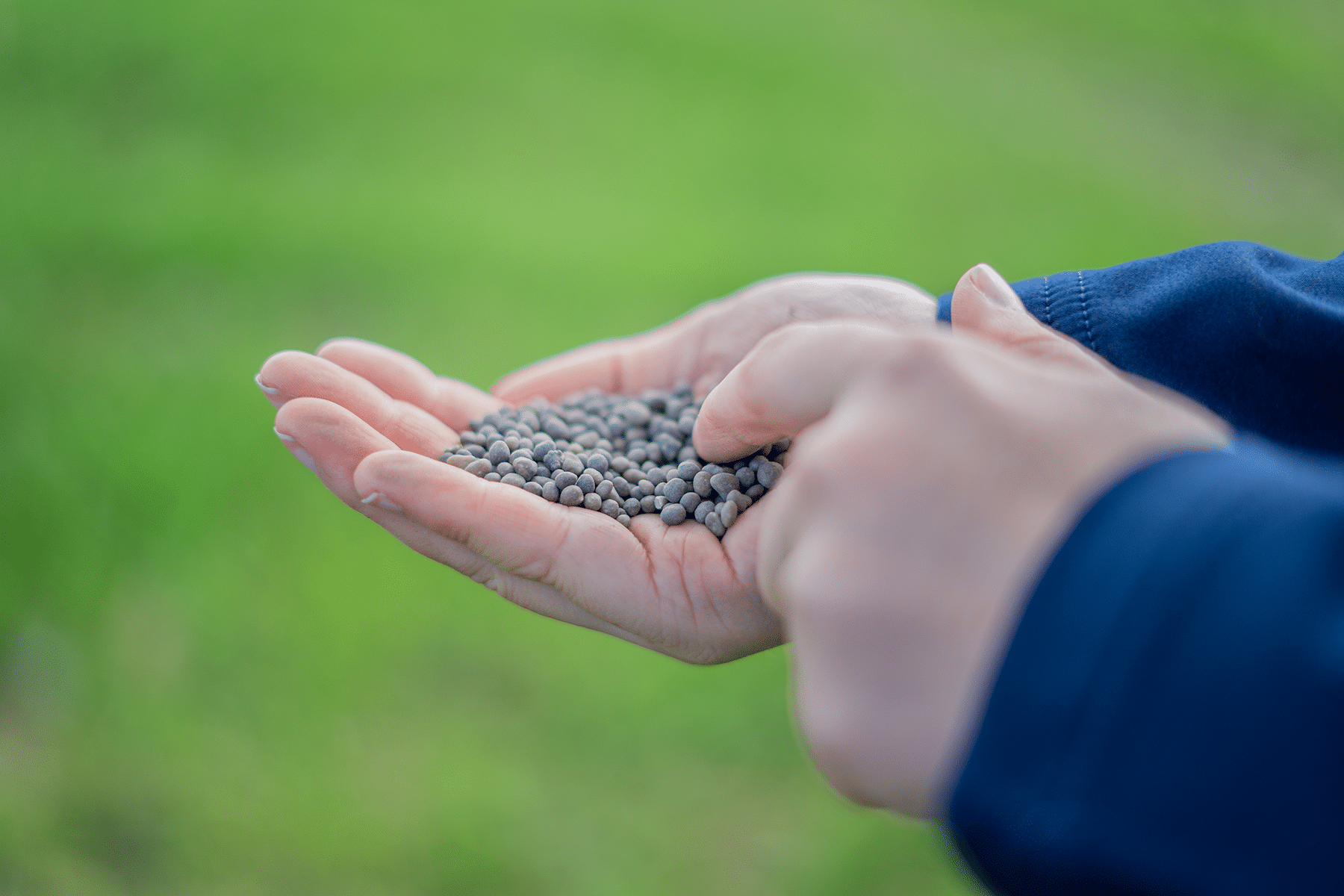
TIMAC AGRO designs tailored solutions for efficient, sustainable, and environmentally friendly agric...
Read more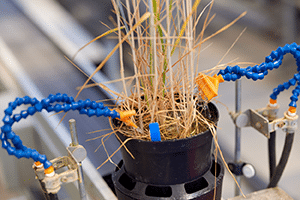
Our expertise is based on rigorous observation of nature: we study natural molecules and biological ...
Read more
TIMAC AGRO USA is launching the 3rd edition of the Innovation Awards Roullier, an international inno...
Read more
Our proximity strengthens our leadership At TIMAC AGRO, we believe that true agricultural inno...
Read more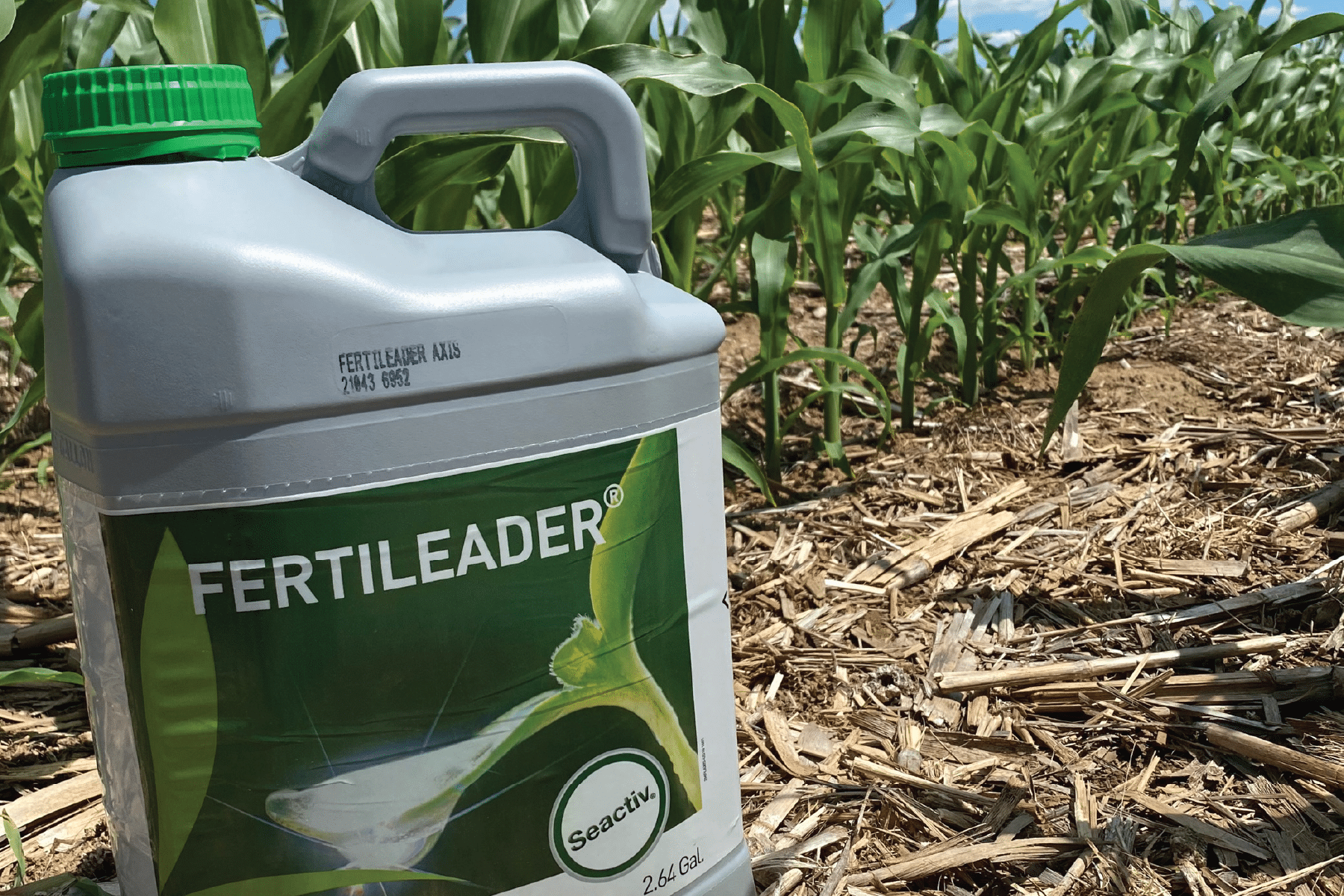
In modern agriculture, the question is no longer whether we can produce enough food, but whether we ...
Read more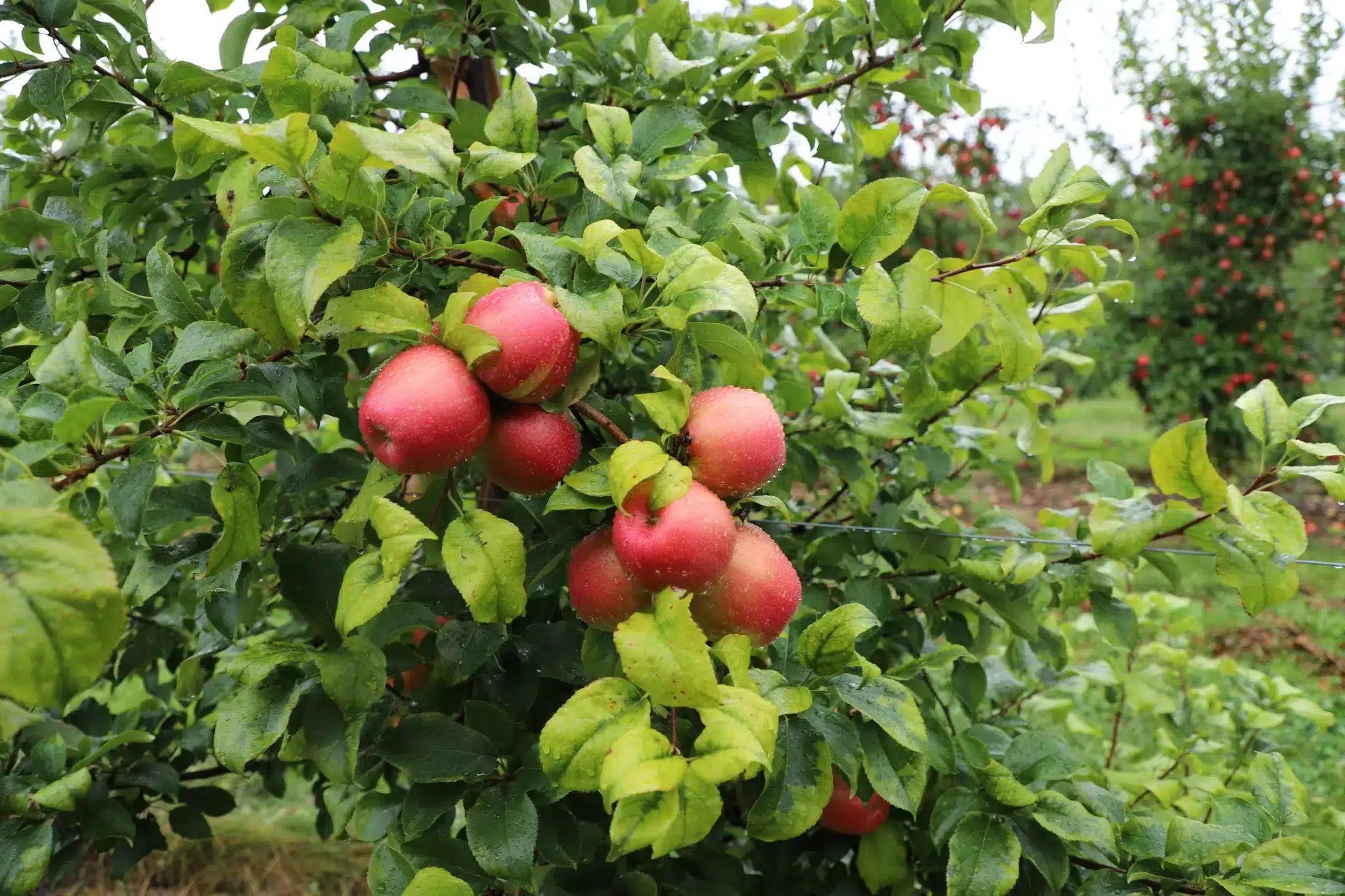
When it comes to growing high-quality apples, calcium plays a vital role. From strengthening cell wa...
Read more
Growers who leveraged TIMAC AGRO technologies to achieve exceptional results in yield contests.
Read more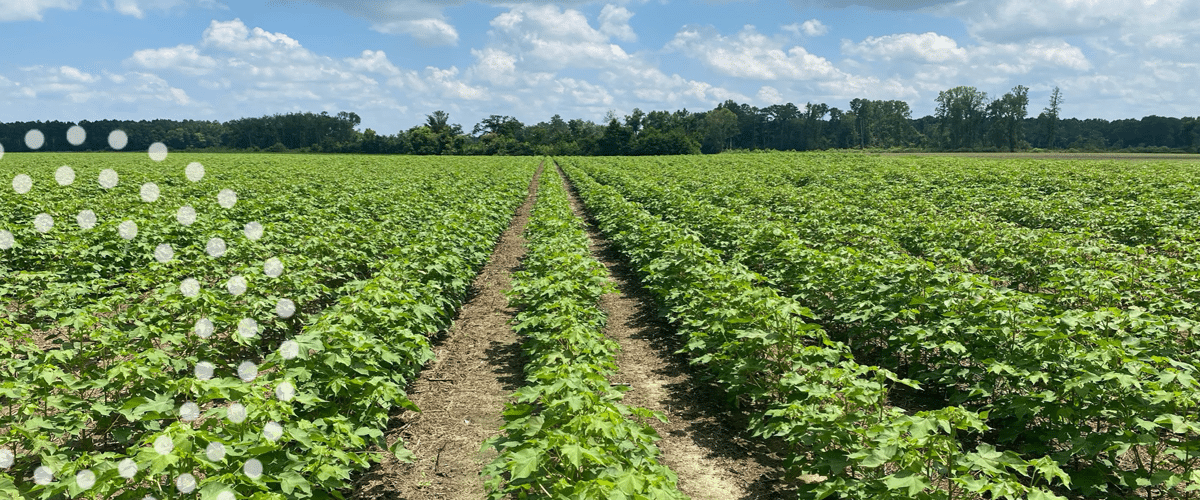
To optimize its yield and quality, growers employ various strategies, among which the application of...
Read more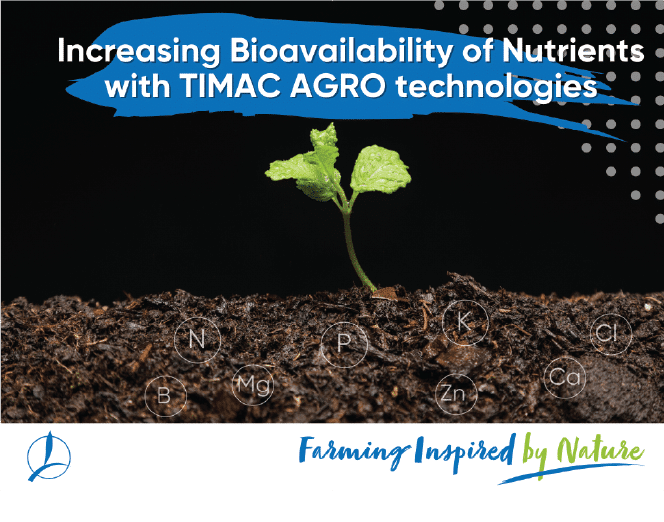
Increasing the bioavailability of nutrients in soil is more effective than simply adding more fertil...
Read more
By replacing fossil gas with biomass in our pellet plants, we avoid the emission of over 40,000 tonn...
Read more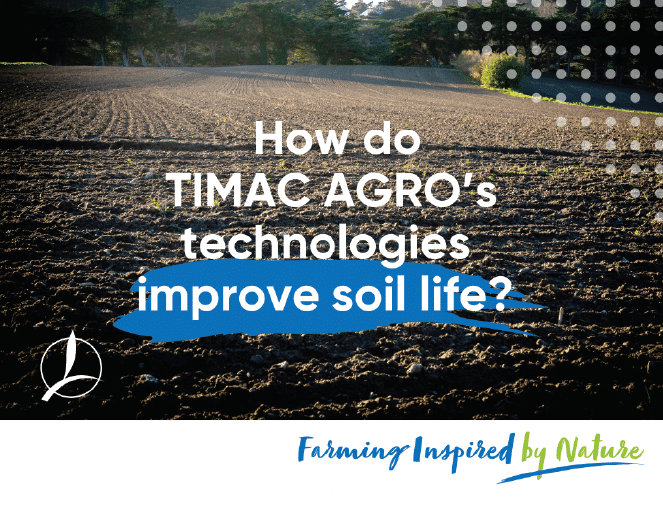
A solution to enhance soil stability, Calcimer is a marine carbonate derived from ground seashells, ...
Read more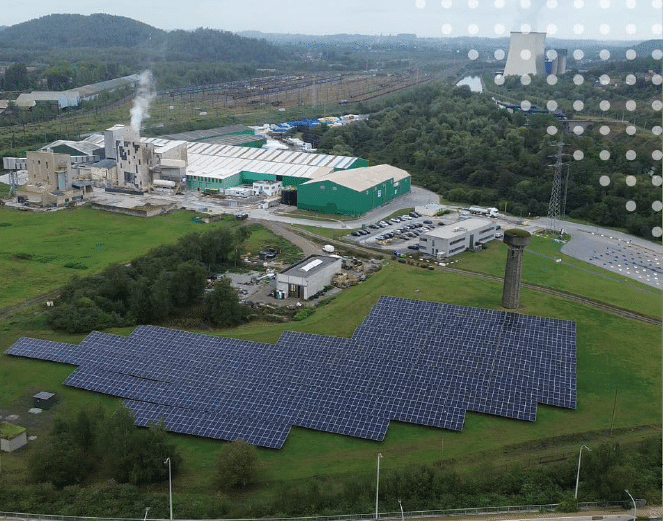
By installing solar panels, we decrease our dependence on fossil fuels with the ambitious target to ...
Read more